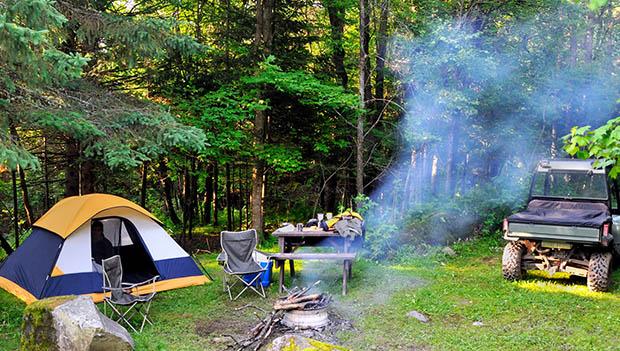
Long gone are the days when the word camping was strictly associated with struggling to pitch a tent with pops, sleeping on the hard earth, and pulling sodas from a leaking green Coleman cooler. Today there are different types of camping to fit your comfort level. From going deep into the backcountry with nothing more than a backpack, to living the good life in a fully-stocked cottage, you have plenty of camping options to meet your adventure goals.
Below we review the main types of camping – from traditional tent camping to specialized camping that requires specific gear and skills. Read on so you can learn the best camping style for your next trip.
Traditional Tent Camping
This is likely the camping you did with your family as a child, and arguably remains the favorite way to camp for most people, especially those with kids in tow. Quite simply, tent camping is when you pitch a tent and sleep in it at night.
There are two key concepts to keep in mind to make the most of your tent camping experience: where to pitch your tent for optimal ground comfort, and how to avoid getting wet if you encounter precipitation.
To stay comfortable while sleeping, look for level ground that is free of rocks, roots, pebbles, and other debris. Clear the area if needed, being careful to remove as much as possible, as even small items can be a literal pain in the side when sleeping on them at night. To minimize moisture, pitch your tent in an area that’s elevated and not where run-off or puddles might collect. If there is any chance of precipitation, be sure to put up the rain fly.
Check out just a few of the many great tent camping locations offered at state parks across the country:
Pokagon State Park, Indiana
This park is known for the beauty of the natural scenery as well as the layout of the grounds and the buildings’ construction. Constructed by the Civilian Conservation Corps in the mid-1930s, the park has stone and log structures along rolling wooded hills, open meadows, and wetlands. Campers can swim, boat, or fish the lake, and have plenty of campsites to choose from; there are almost 300 campsites, mainly tent camping, with RV sites and shelter rentals as well.
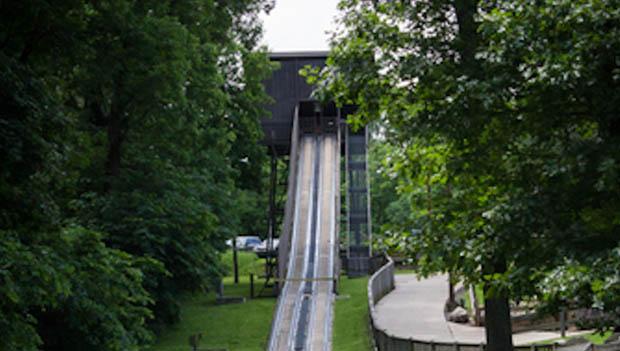
Lake Cascade State Park, Idaho
Located less than two hours from Boise, Lake Cascade State Park has plenty of camping with 12 campgrounds and 200 individual campsites, including tent, primitive, and full-service camping. There are a wide variety of activities to keep the whole clan busy such as hiking, mountain biking, boating, fishing, sailing, and windsurfing.
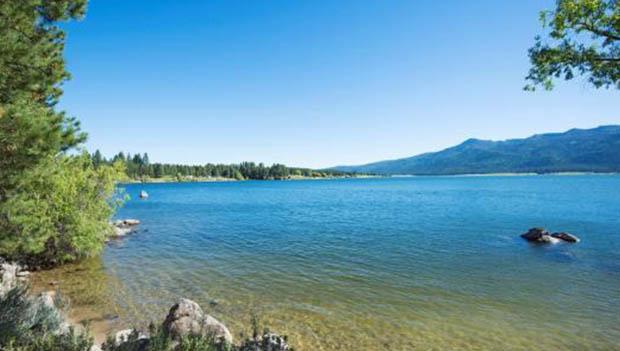
Pro Tip: To search for a specific type of site – whether tent, RV, cottage or something else – go to ReserveAmerica.com and type in the area where you want to camp in the search bar. After you get your search results, you can drill down using filters. One option is in the drop down menu called Site Type. Simply choose the type of site you prefer.
Recommended: 10 Reasons to Travel by RV
RV Camping
Compared to tent camping, RV camping allows you to bring more comforts from home on your adventure. You’ll have a bed, a kitchen, a living area, and depending on your RV model, a fully-functioning bathroom and more. RV camping can be done in designated RV camping spots that usually feature RV hookups for electricity, and sometimes also offer water and sewer. Other times, you can “boondock” it, which is dispersed camping in an RV.
Here are some fantastic RV campsites for your next outdoors getaway:
Cove Palisades State Park, Oregon
Situated in Central Oregon’s high desert region, Cove Palisades State Park is the regional go-to spot for water activities. The crown jewel of the park is Lake Billy Chinook, where visitors kayak, water ski, fish, and boat. There is plenty of camping too. The park’s two campgrounds have nearly 300 campsites for RVs and tents. RV campers have it easy with full hookup sites, a dump station, showers, and a restroom. What’s more, there is a camp store, off-leash pet area, outdoor amphitheaters, and even boat moorages that can be reserved in advance.
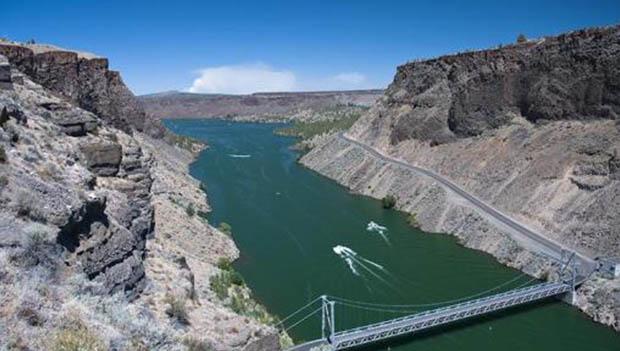
Jack Hill State Park, Georgia
This destination is perfect for family RV camping. Located in Southeast Georgia, Jack Hill State Park boasts a 12-acre lake with lucrative fishing, as well as rentals for fishing boats, kayaks, stand-up paddleboards, and aqua cycles. A mini golf course will keep the younger campers happy, and real golf enthusiasts can play the 17-hole course that’s adjacent to scenic wetlands. There are 29 spacious sites for RVs, as well as eight cottages.
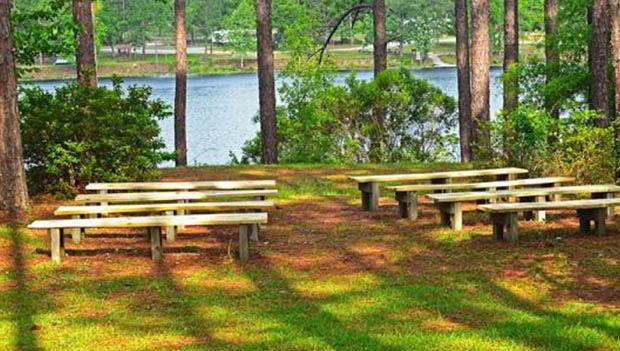
Backcountry Camping
Backcountry camping is a step up on the adventure meter. This is when your campsite is not located near a developed area, including roads and parking lots, and lacks amenities such as electricity or plumbing. To get to your backcountry camping location, you either hike, bike, canoe, kayak, snowshoe, ski, or ride a horse in.
Backcountry camping requires more preparation than traditional tent camping or RV camping. You’ll need to plan out essentials like your water supply. Additionally, you will need to consider your gear in detail, such as choosing a sleeping bag with the appropriate temperature rating for the weather. Finally, with backcountry camping you can go with one of three packable shelter options: tent, bivvy bag, or hammock.
Here are a couple of state parks for the backcountry camper:
Lory State Park, Colorado
Sequestered in the foothills west of Fort Collins, this park is beloved by outdoor recreation enthusiasts. Its varied landscape features unique rock outcroppings, sandstone hogbacks, grassy open meadows, shrubby hillsides, and ponderosa pine forests. Hikers can overlook the greater Fort Collins area from Arthur’s Rock, a jutting granite formation named for an early local settler. The six campsites are primitive, hike-in only sites for the true adventurer.
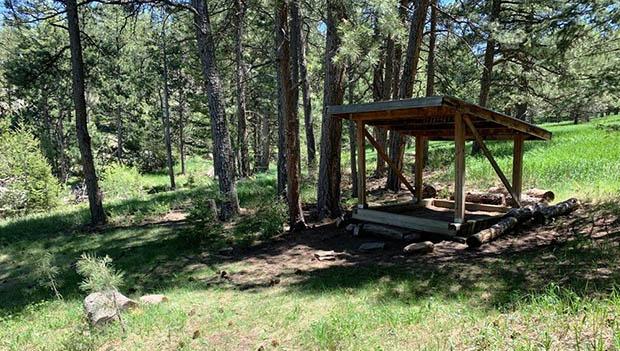
Shuyak Island State Park, Alaska
A true backcountry destination, this island is located at the top of the Kodiak Archipelago, about 54 miles by air from Kodiak, Alaska. This remote island can only be accessed by boat or float plane. For the wilderness-lover willing to make the trek, the reward is some of the most pristine land left on the planet.
Four public use cabins are available that each house up to eight people. Each cabin is located alongside protected saltwater bays in a dense old growth Sitka spruce forest. The area is host to a large variety of seabirds, otters, whales, harbor seals, sea lions, and Dall’s porpoise, as well as Kodiak brown bear and Sitka black-tailed deer.
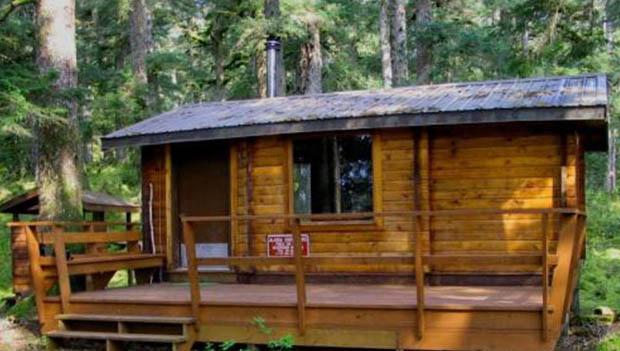
Recommended: What Is Primitive Camping?
Backpacking
Backpacking combines backcountry camping with hiking. Backpackers put everything they need to camp – food, water, shelter, and clothing – in a backpack and hike with it, stopping to camp at least one night. Many backpackers do multi-day trips so they can explore deep wilderness, covering considerable terrain that cannot be crossed in a day hike.
Much like backcountry camping, backpackers need to plan out their sources of water, how much food to bring, and carefully select gear and clothing that will meet the demands of the changing terrain and weather conditions.
Check out these two parks with primitive campgrounds, perfect for backpackers:
Colorado Bend State Park, Texas
Located two hours northwest of Austin, this park attracts visitors for its unspoiled wilderness. Rugged-only camping is available, allowing visitors to fully enjoy the Colorado Bend area. Backpackers have their choice of three primitive camping areas with a total of 54 primitive campsites and three group sites. Take a dip in Spicewood Springs, fish or paddle the Colorado River, hike over 35 miles of trails, or take a tour of the area’s caves.
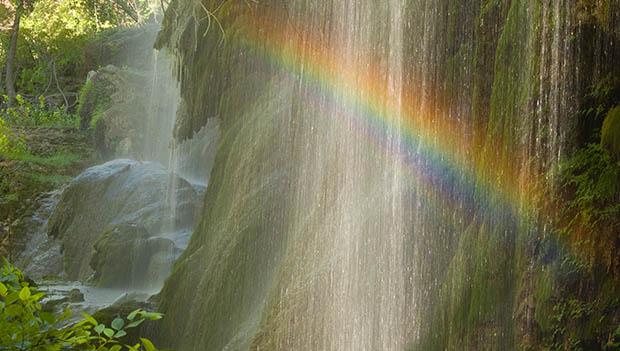
Crowders Mountain State Park, North Carolina
This park offers challenging hikes along towering cliffs and 25-mile views of the surrounding piedmont. Eleven hiking trails range from easy to advanced, including the Ridgeline Trail, which links to Kings Mountain State Park and Kings Mountain National Military Park in South Carolina. Backcountry camping is available with individual sites about a mile’s hike from parking areas. The rugged terrain is a favorite spot for rock climbing and bouldering, and there is a visitor’s center with museum-quality exhibits.

Recommended: How to Go from Camping to Glamping
Glamping
If backpacking is on one end of the camping-comfort spectrum, glamping is on the far other end. As the name suggests, glamping is a combination of the words glamorous and camping. It is for folks who want to enjoy the outdoors but don’t feel like roughing it.
Glamping options run the gamut from permi-tents and yurts, to cottages and souped-up RVs. It is basically any camping situation that goes above and beyond in terms of comforts and convenience. These two glamping sites give you a taste of what you can expect as a glamour camper:
Platte River State Park, Nebraska
This state park, located about halfway between Omaha and Lincoln, has gorgeous views of the Platte River. There is an array of glamping lodging options, including modern housekeeping cabins, camper cabins, teepees, group meeting facilities, and activities. Accommodations and recreational use are offered all year.
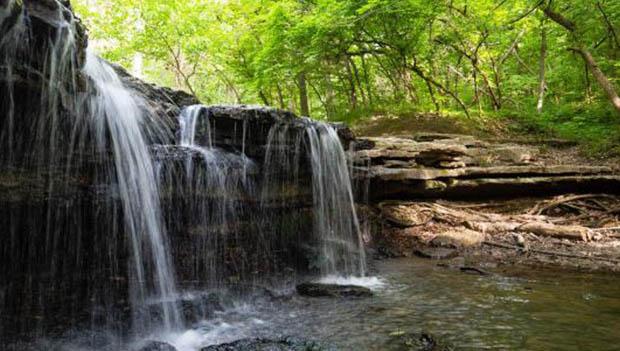
Watch Hill Fire Island, New York
Unwind in a glamping tent, built on a platform, outfitted with a bed, charging area, and deck with Adirondack chairs and a cooler. The setting is gorgeous with sites in a protected area alongside primary sand dunes and the Atlantic.
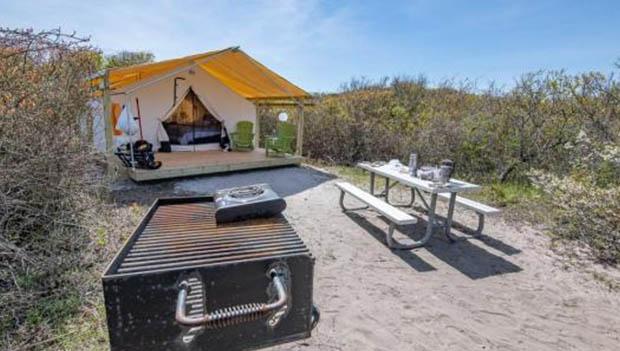
Another Camping Option: Dispersed Camping
Dispersed camping is camping outside of a designated campground. Dispersed campers have little, if any, facilities such as picnic tables and fire pits. Each park has specific restrictions or already-established areas for dispersed camping.
A tenant of dispersed camping is to minimize your impact on the environment. This means driving on roads and not camping close to certain features such as waterways. These rules are in place to protect campers and wildlife. They also help keep the park scenic for other visitors.
Dispersed camping does not typically require special permits, although some wilderness areas require registration at a trailhead. In short, check with a ranger if you are not sure.
Are you ready for an outdoor adventure? Plan your camping trip!
Check with your Local Government Organization
Many policies have been established to counter and control the coronavirus outbreak. State and local officials have been taking decisive action to stop the spread. The policies vary by state, sometimes to a great degree. When you book a reservation, make sure to review the park and state’s latest rules and regulations prior to your visit.
For COVID-19 updates, please visit our Impacted Park List and Reservation Guide for the latest information.